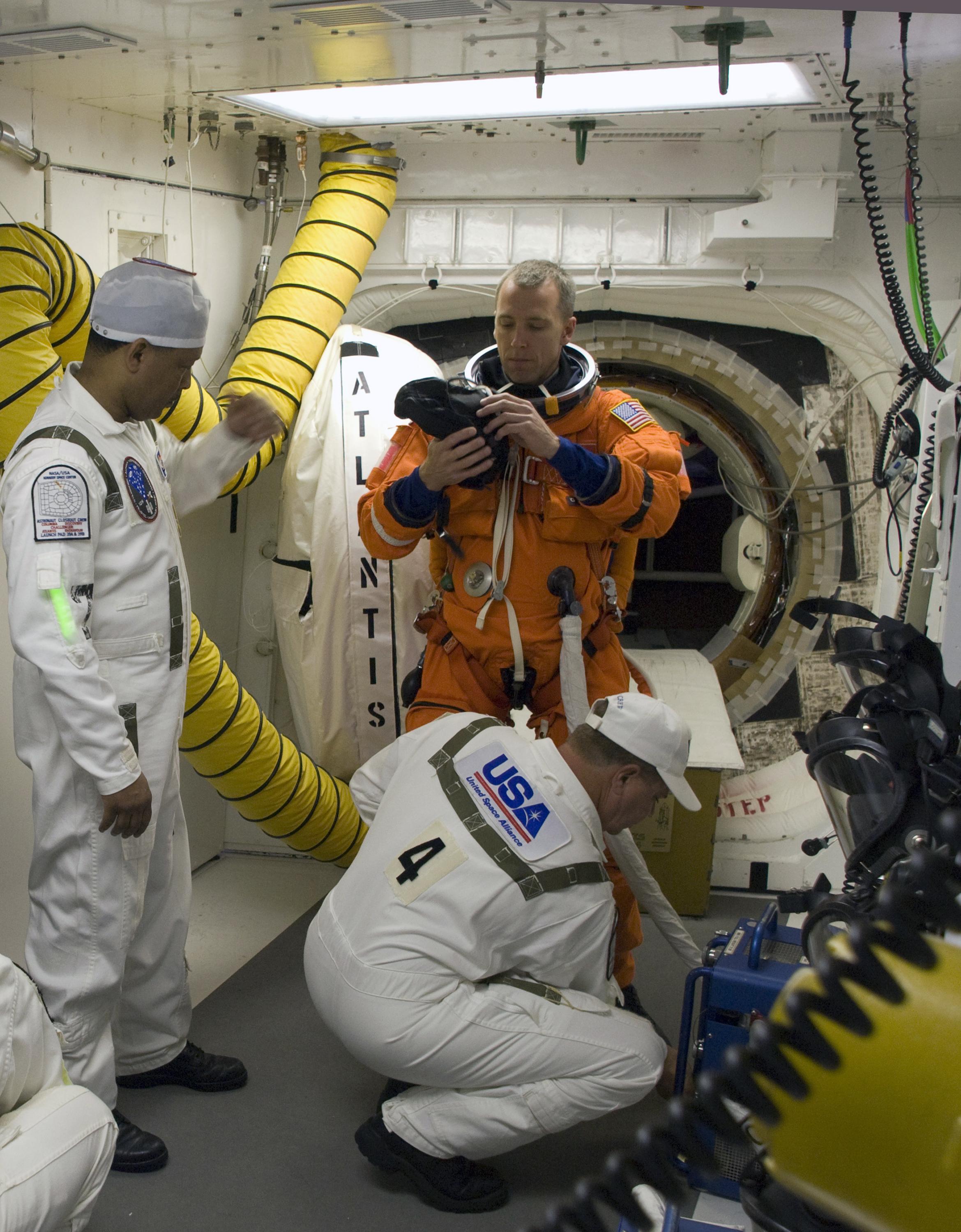Launch tower on:
[Wikipedia]
[Google]
[Amazon]
 A service structure is a steel framework or tower that is built on a
A service structure is a steel framework or tower that is built on a
 The white room was the small area used by
The white room was the small area used by
 A service structure is a steel framework or tower that is built on a
A service structure is a steel framework or tower that is built on a rocket
A rocket (from it, rocchetto, , bobbin/spool) is a vehicle that uses jet propulsion to accelerate without using the surrounding air. A rocket engine produces thrust by reaction to exhaust expelled at high speed. Rocket engines work entir ...
launch pad to facilitate assembly and servicing.
An umbilical tower also usually includes an elevator
An elevator or lift is a cable-assisted, hydraulic cylinder-assisted, or roller-track assisted machine that vertically transports people or freight between floors, levels, or decks of a building, vessel, or other structure. They ...
which allows maintenance and crew access. Immediately before ignition of the rocket's motors, all connections between the tower and the craft are severed, and the bridges over which these connections pass often quickly swing away to prevent damage to the structure or vehicle.
Kennedy Space Center
During theSpace Shuttle program
The Space Shuttle program was the fourth human spaceflight program carried out by the U.S. National Aeronautics and Space Administration (NASA), which accomplished routine transportation for Earth-to-orbit crew and cargo from 1981 to 2011. I ...
, the structures at the Launch Complex 39
Launch Complex 39 (LC-39) is a rocket launch site at the John F. Kennedy Space Center on Merritt Island in Florida, United States. The site and its collection of facilities were originally built as the Apollo program's "Moonport" and later m ...
pads contained a two-piece access tower system, the Fixed Service Structure (FSS) and the Rotating Service Structure (RSS). The FSS permitted access to the Shuttle via a retractable arm and a "beanie cap" to capture vented LOX from the external tank. The RSS contained the Payload Changeout Room, which offered "clean" access to the orbiter's payload bay, protection from the elements, and protection in winds up to .
The FSS on Pad 39A was constructed from most of the top of the umbilical tower of Mobile Launcher 2, while the FSS that was on 39B was constructed from most of the top of the umbilical tower of Mobile Launcher 3 (Mobile Launcher 3 would later become Mobile Launcher Platform 1 for the Shuttle).
In 2011 NASA removed both the fixed and rotating service structures from their pad at LC-39B to make way for a new generation of launch vehicles. Likewise in 2017-2018 SpaceX
Space Exploration Technologies Corp. (SpaceX) is an American spacecraft manufacturer, launcher, and a satellite communications corporation headquartered in Hawthorne, California. It was founded in 2002 by Elon Musk with the stated goal o ...
removed the rotating service structure from LC-39A and modified the fixed service structure to adapt it for the new series of launch vehicles to be launched there.
Certain rockets such as the Delta and the Saturn V
Saturn V is a retired American super heavy-lift launch vehicle developed by NASA under the Apollo program for human exploration of the Moon. The rocket was human-rated, with multistage rocket, three stages, and powered with liquid-propellant r ...
use structures consisting of a fixed portion, formally called the umbilical tower and a mobile portion, which is moved away from the vehicle several hours before launch called mobile service tower/structure. The mobile portion is often called a ''gantry''.
White room
 The white room was the small area used by
The white room was the small area used by NASA
The National Aeronautics and Space Administration (NASA ) is an independent agency of the US federal government responsible for the civil space program, aeronautics research, and space research.
NASA was established in 1958, succeedin ...
astronauts to access the spacecraft during human flights up through the Space Shuttle program
The Space Shuttle program was the fourth human spaceflight program carried out by the U.S. National Aeronautics and Space Administration (NASA), which accomplished routine transportation for Earth-to-orbit crew and cargo from 1981 to 2011. I ...
. The room takes its name from the white paint, which was used on the Gemini. The room was first used in Project Mercury, its use and white color (since Gemini) continued through subsequent programs of Apollo and the Space Shuttle.
NASA used this room for astronaut final preparations before entering the spacecraft such as donning parachute packs, putting on helmets and detaching portable air conditioning units.
After 2014, NASA planned to move the White Room to a museum. As of the Crew Dragon Demo-2 mission, SpaceX uses the term White Room to refer to the end of the Crew Access Arm at LC-39A. On the first launch attempt, NASA and SpaceX began a tradition to sign the NASA meatball logo (for NASA launches) or the SpaceX X logo (for private launches) at the end of the Crew Access Arm.
Baikonur Cosmodrome
Similarly, Soviet-and Russian-designed service structures such as those at theBaikonur Cosmodrome
''Baiqoñyr ğaryş ailağy'' rus, Космодром Байконур''Kosmodrom Baykonur''
, image = Baikonur Cosmodrome Soyuz launch pad.jpg
, caption = The Baikonur Cosmodrome's "Gagarin's Start" Soyuz ...
stand while servicing the vehicle. The entire structure pivots outward and downward out of the way.
References
{{Space Shuttle Rocket launch technologies Apollo program hardware Space Shuttle program